Design Briefs for Dummies

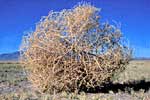 You've been asked to organise production of a display stand
for a pending event that's been overlooked for a few months, then
someone panicked because the show date is looming and parked it on your
desk. You ask if the artwork is ready to send - but are greeted by silence
and the vision of tumble weed spinning by.
You've been asked to organise production of a display stand
for a pending event that's been overlooked for a few months, then
someone panicked because the show date is looming and parked it on your
desk. You ask if the artwork is ready to send - but are greeted by silence
and the vision of tumble weed spinning by.
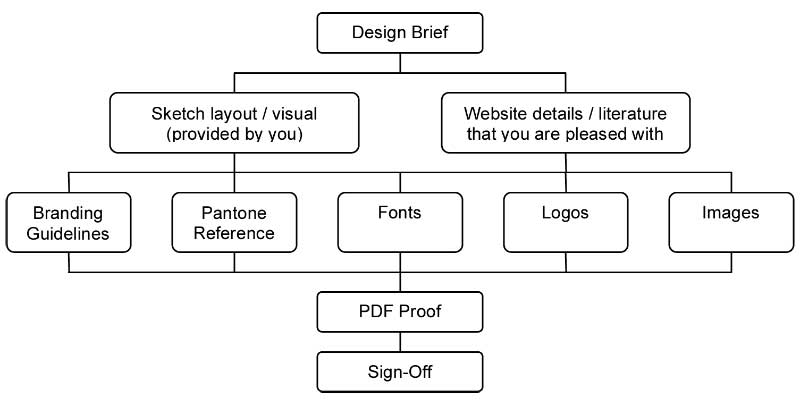
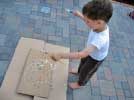 You are not a designer but have an inkling that electronic artwork
is normally required by printers. There is hope for you and you
are already ahead of the client who once left us wide-eyed
by sending in an A3 piece of paper, lovingly coloured with felt-tip pens,
as print-ready electronic artwork. The problem is you haven't
got any, but you do kinda know what information needs to be shown.
You are not a designer but have an inkling that electronic artwork
is normally required by printers. There is hope for you and you
are already ahead of the client who once left us wide-eyed
by sending in an A3 piece of paper, lovingly coloured with felt-tip pens,
as print-ready electronic artwork. The problem is you haven't
got any, but you do kinda know what information needs to be shown.
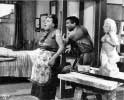 We recognise this as the starting point of a plan and it endears you
to us! We love having a concise design brief - it makes life so
much easier. A sketch layout, be it in a document or a biro doodle, is
ideal. We're not after a work of art, just something that shows
the content of the design. It allows us to calculate the amount of
artworking time required and to confirm the artwork charge.
We recognise this as the starting point of a plan and it endears you
to us! We love having a concise design brief - it makes life so
much easier. A sketch layout, be it in a document or a biro doodle, is
ideal. We're not after a work of art, just something that shows
the content of the design. It allows us to calculate the amount of
artworking time required and to confirm the artwork charge.
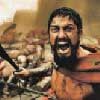 Do note that designers turn feral when, having slaved over a layout,
they hear "can you move the picture here, no here - actually
let's go back to the previous design and what we started with."
On Mondays we placate them with cups of coffee but by Fridays greater
caution is required - if they perceive that we have given them
an inadequate design brief they take pack formation and hunt us down!
Do note that designers turn feral when, having slaved over a layout,
they hear "can you move the picture here, no here - actually
let's go back to the previous design and what we started with."
On Mondays we placate them with cups of coffee but by Fridays greater
caution is required - if they perceive that we have given them
an inadequate design brief they take pack formation and hunt us down!
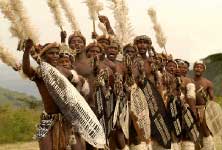 The building is not large enough to escape and inspired by Darwin's
theory we've developed survival strategies. Our chief one is
to emphasis to the client that if the design brief changes then the
artwork charge may increase; why spend money unnecessarily? Also
a detailed design brief helps us provide the client with a design that
will more closely meet their requirements.
The building is not large enough to escape and inspired by Darwin's
theory we've developed survival strategies. Our chief one is
to emphasis to the client that if the design brief changes then the
artwork charge may increase; why spend money unnecessarily? Also
a detailed design brief helps us provide the client with a design that
will more closely meet their requirements.
Website links and copies of existing literature that you are pleased with also help - we can theme the new graphics along the same lines.
 The next stage is to ensure that the artwork elements are provided
in the correct format. It was a temptation to scan the A3 piece of
paper and blow it up to 3m x 4m and in artistic contemplation
say "yes, the child-like quality brings out the inner essential
value of the object" - but we resisted. With a few gentle
pointers we coaxed out the necessary artwork elements.
The next stage is to ensure that the artwork elements are provided
in the correct format. It was a temptation to scan the A3 piece of
paper and blow it up to 3m x 4m and in artistic contemplation
say "yes, the child-like quality brings out the inner essential
value of the object" - but we resisted. With a few gentle
pointers we coaxed out the necessary artwork elements.
The following notes will provide you with a good starting point.
Your Branding Guidelines
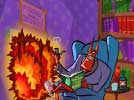 Share them with us! Lots of information is contained in the holy
grail named the branding guidelines; pantone references, fonts, etc.
You may not be aware that your organisation has a branding guardian
complete with pitchfork and swishy tail, but produce the 6m wide x
2.5m high display in the wrong colours and you will.
Share them with us! Lots of information is contained in the holy
grail named the branding guidelines; pantone references, fonts, etc.
You may not be aware that your organisation has a branding guardian
complete with pitchfork and swishy tail, but produce the 6m wide x
2.5m high display in the wrong colours and you will.
Pantone References
 This is not a brand of shampoo: a printed colour is specified exactly
by its Pantone reference. Larger organisations usually have corporate
colours to be matched, for example for logos, fonts or background colours.
This is not a brand of shampoo: a printed colour is specified exactly
by its Pantone reference. Larger organisations usually have corporate
colours to be matched, for example for logos, fonts or background colours.
Fonts
![]() If it is a common font we'll have it. If it is unusual the font
will need to be supplied to us in Mac format. As per Pantone references,
check to see if your company has branding guidelines that specify which
fonts are to be used.
If it is a common font we'll have it. If it is unusual the font
will need to be supplied to us in Mac format. As per Pantone references,
check to see if your company has branding guidelines that specify which
fonts are to be used.
Logos
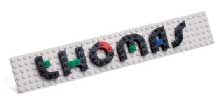 Supply all logos as 'Illustrator EPS' files. No copying and pasting from a website to save time - it’s too low
a resolution to use, unless you always wondered how your company logo
would appear if created in Lego.
Supply all logos as 'Illustrator EPS' files. No copying and pasting from a website to save time - it’s too low
a resolution to use, unless you always wondered how your company logo
would appear if created in Lego.
Images
 "My tattoo has more dots in it than that" (quote from our designer). Supply images electronically as Photoshop TIFF files. By providing
a sketch layout we can see the area the image is meant to cover and
advise you of the correct file sizes. If you only have JPEG, don't
bother converting them to TIFF, but TIFF originals will yield better
results.
"My tattoo has more dots in it than that" (quote from our designer). Supply images electronically as Photoshop TIFF files. By providing
a sketch layout we can see the area the image is meant to cover and
advise you of the correct file sizes. If you only have JPEG, don't
bother converting them to TIFF, but TIFF originals will yield better
results.
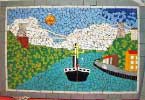 Liaise with us before sending the images to ensure that the files
are of sufficient size. If they are too low a resolution they will
be fit only for creating a small mock Roman mosaic, not professional-looking
crisp print intended for an exhibition stand.
Liaise with us before sending the images to ensure that the files
are of sufficient size. If they are too low a resolution they will
be fit only for creating a small mock Roman mosaic, not professional-looking
crisp print intended for an exhibition stand.
The rough rule of thumb is a 30MB file per metre square of print or a minimum of 300dpi at 1/4 size. If you send us a 1.2MB file to completely cover a 1m x 2m panel you know you're about to do something wrong - so don't!
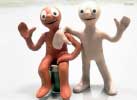 Once the order is confirmed, Redcliffe will start work on the proofs.
PDF proofs are emailed for approval. Nothing is printed until sign-off
is received. Typically the proofs are signed-off and approved within
two to three drafts.
Once the order is confirmed, Redcliffe will start work on the proofs.
PDF proofs are emailed for approval. Nothing is printed until sign-off
is received. Typically the proofs are signed-off and approved within
two to three drafts.
There is then only one more task that you are required to fulfill: to provide the goods with a loving home!
For more information or advice on designing your display stand please call:
- Joanne Burr on 0117 952 6067 (joanne.burr@redcliffe.co.uk)
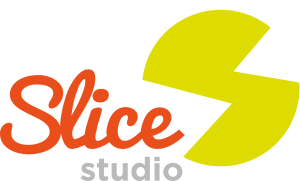 Alternatively try an independent design company like Slice Studio - The whole package or just a slice… websites | design | print
Alternatively try an independent design company like Slice Studio - The whole package or just a slice… websites | design | print
Don’t know where to start with design, or where to get things printed? They’d love to help you, your business, club or group – drop them an email, or pick up the phone for a fresh approach without the jargon.